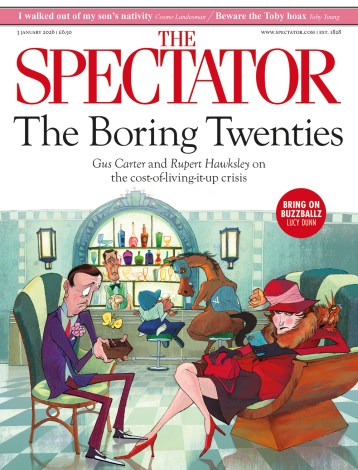The British Museum's Vikings: part provincial exhibit, part gripping drama
Exhibitions are made for two main reasons: education and entertainment. Although I recognise the importance of education I am, by nature, a devotee of pleasure and want people to enjoy what they see in museums — not just feel that they must learn from it. Great exhibitions marry the two impulses effortlessly, and on balance




















